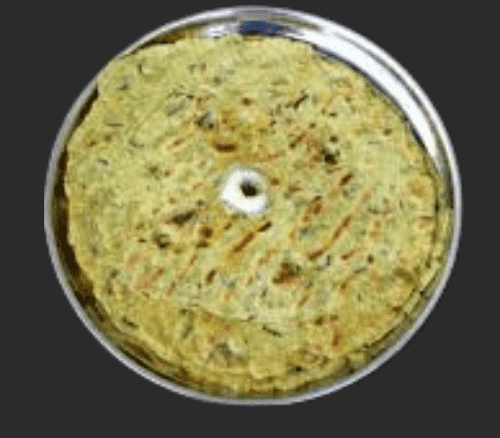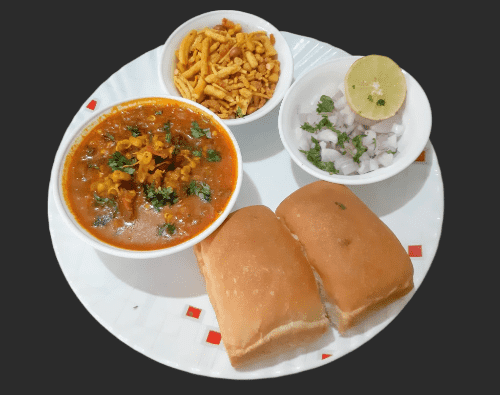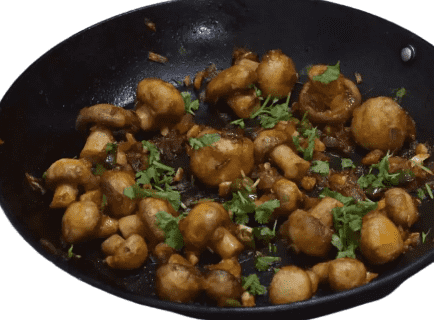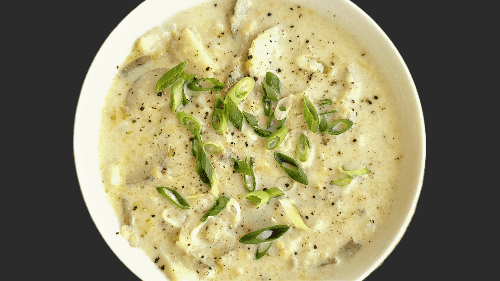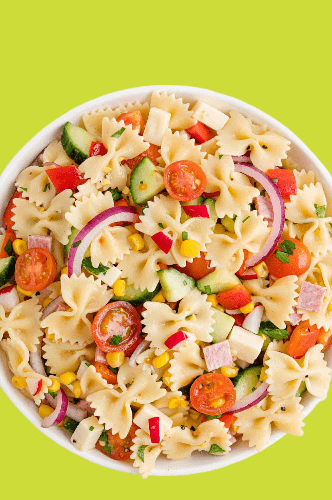Bisi Bele Bath
Introduction :
Bisi Bele Bath, a dish synonymous with comfort and tradition, is a staple in Karnataka households. This hearty, wholesome dish combines rice, lentils, vegetables, and a unique blend of spices to create a meal that’s both nourishing and delicious. Traditionally served hot, Bisi Bele Bath is often accompanied by a dollop of ghee, crunchy papads, and tangy pickles, making it a complete and satisfying meal.
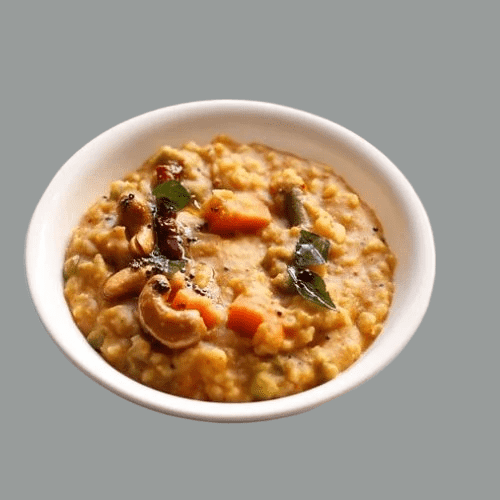
History and Cultural Significance :
The origins of Bisi Bele Bath can be traced back to the royal kitchens of the Mysore Palace, where chefs experimented with local ingredients to create nutritious and flavorful dishes. Over time, Bisi Bele Bath transcended the confines of the palace and became a beloved dish in homes across Karnataka. It is often prepared during festivals, family gatherings, and special occasions, symbolizing warmth and togetherness.
Ingredients :
The magic of Bisi Bele Bath lies in its harmonious blend of ingredients. Here’s what you’ll need:
Rice and Lentils:
- 1 cup rice (short-grain or Sona Masoori)
- 1/2 cup toor dal (split pigeon peas)
Vegetables:
- 1/2 cup carrots, diced
- 1/2 cup beans, chopped
- 1/2 cup peas
- 1/2 cup potatoes, diced
- 1/2 cup tomatoes, chopped
Bisi Bele Bath Powder:
- 1 tbsp chana dal (split Bengal gram)
- 1 tbsp urad dal (split black gram)
- 1/4 cup coriander seeds
- 1 tsp cumin seeds
- 1 tsp fenugreek seeds
- 6-8 dried red chilies
- 1/4 cup grated coconut (optional)
- 1/2 tsp asafoetida (hing)
- 1 sprig curry leaves
Tempering:
- 2 tbsp ghee
- 1 tsp mustard seeds
- 1 tsp cumin seeds
- 2 dried red chilies
- 10-12 curry leaves
- 1/4 cup cashew nuts (optional)
Other Ingredients:
- Tamarind mash (from a lemon-sized ball of tamarind)
- Salt to taste
- 1/4 tsp turmeric powder
- Jaggery (optional, for sweetness)
Step-by-Step Preparation :
Preparing the Ingredients :
Rice and Lentils: Wash the rice and toor dal thoroughly under running water until the water runs clear. Soak them separately in enough water for about 20 minutes. This makes a difference in indeed cooking and diminishes the cooking time.
Vegetables: While the rice and lentils are soaking, wash and chop the vegetables into uniform pieces. This guarantees indeed cooking and a satisfying introduction.
Making the Bisi Bele Bath Powder :
The heart of Bisi Bele Bath lies in its aromatic spice blend. Here’s how to make it:
Dry Roasting: In a pan, dry roast chana dal, urad dal, coriander seeds, cumin seeds, fenugreek seeds, and dried red chilies on medium heat until they turn golden brown and release a nutty aroma. This process can take about 5-7 minutes.
Cooling: Allow the roasted spices to cool completely. This step is crucial to retain the flavors and grind them into a fine powder.
Grinding: Transfer the cooled spices to a blender. Add grated coconut (if using), asafoetida, and curry leaves. Grind to a fine powder. This Bisi Bele Bath powder can be stored in an airtight container for up to a month.
Cooking the Rice and Lentils :
Pressure Cooking: In a pressure cooker, combine the soaked and drained rice and toor dal. Add 3 cups of water, a pinch of turmeric powder, and a few drops of oil (to prevent frothing). Cook for 3-4 whistles on medium heat or until they are soft and mushy.
Simmering: Once the pressure releases naturally, open the cooker and mash the rice and dal mixture slightly to get a porridge-like consistency. Set aside.
Preparing the Vegetables :
Cooking Vegetables: In a large pot, bring 2 cups of water to a boil. Add the chopped carrots, beans, peas, and potatoes. Cook until they are delicate but not soft. This should take about 10-12 minutes.
Adding Tomatoes: Add the chopped tomatoes to the cooked vegetables and simmer for another 5 minutes. Tomatoes add a tangy flavor and help balance the dish.
Final Assembly :
Combining Everything: Add the cooked vegetable mixture to the mashed rice and dal in the pressure cooker. Mix well.
Spicing: Add 2-3 tablespoons of the prepared Bisi Bele Bath powder, tamarind pulp, salt to taste, and jaggery (if using). Blend completely to combine all the flavors.
Simmering: Add enough water to achieve a semi-thick consistency, usually about 2-3 cups. Simmer the mixture on low heat for 15-20 minutes, stirring occasionally to prevent sticking.
Tempering :
Heating Ghee: In a small pan, heat ghee on medium heat. Add mustard seeds and let them splutter. Then add cumin seeds, dried red chilies, curry leaves, and cashew nuts. Sear until the cashews turn brillant brown.
Finishing Touch: Pour this tempering over the simmering Bisi Bele Bath and mix well. The tempering adds a burst of flavor and a delightful crunch to the dish.
Variations and Adaptations :
Bisi Bele Bath is a versatile dish that can be adapted to suit various dietary preferences and ingredient availability. Here are some popular variations:
- Vegetarian: The classic version described above is vegetarian. You can add more vegetables like bell peppers, eggplant, or zucchini for added nutrition and flavor.
- Vegan: To make Bisi Bele Bath vegan, replace ghee with a neutral oil like sunflower or coconut oil. Ensure that the spice blend and other ingredients do not contain any animal products.
- Gluten-Free: The dish is naturally gluten-free. Just ensure that the hing (asafoetida) you use is pure and does not contain any wheat flour.
- Protein-Rich: Add extra protein by incorporating paneer cubes, tofu, or boiled chickpeas. These increments make the dish more filling and nutritious.
Serving Suggestions :
Bisi Bele Bath is traditionally served hot, straight from the pot. Here are some serving suggestions to improve your feasting involvement:
- Toppings: Garnish with freshly grated coconut, chopped coriander leaves, and a dollop of ghee for added richness.
- Accompaniments: Serve with crunchy papads, boondi (fried chickpea flour droplets), or a side of raita (yogurt-based salad) to balance the flavors.
- Pickles: A tangy pickle, such as mango or lime, adds a burst of flavor and complements the spiciness of Bisi Bele Bath.
- Salad: A simple cucumber and onion salad with a dash of lemon juice provides a refreshing contrast.
Tips and Tricks :
- Consistency: The consistency of Bisi Bele Bath should be slightly thicker than a porridge.Alter the water amount as required to accomplish the wanted surface.
- Spice Level: Adjust the amount of Bisi Bele Bath powder according to your spice preference. Start with 2 tablespoons and increase if you prefer a spicier dish.
- New Fixings: Utilize new and regular vegetables for the best flavor. Frozen vegetables can be used in a pinch but may not provide the same taste and texture.
- Planning: Plan the Bisi Bele Shower powder in development and store it in an waterproof holder. This saves time and ensures you have the spice blend ready whenever you want to make the dish.
Frequently Asked Questions :
Q1: Can I use brown rice or quinoa instead of white rice?
A1: Yes, you can substitute white rice with brown rice or quinoa for a healthier version. Adjust the cooking time and water quantity accordingly, as these grains take longer to cook.
Q2: How can I store leftovers?
A2: Bisi Bele Bath can be stored in the refrigerator for up to 3 days. Reheat in a microwave or on the stovetop, adding a splash of water to bring it back to the desired consistency.
Q3: Can I make Bisi Bele Bath in an Instant Pot?
A3: Absolutely! You can use the sauté function for tempering and then cook the rice, dal, and vegetables using the pressure cook setting. Follow the same steps as mentioned above for a seamless process.
Read More : Instant Pot Chicken Biryani
Conclusion :
Bisi Bele Bath is more than just a dish; it’s a culinary experience that brings comfort and joy to those who savor it. With its rich history, aromatic spices, and wholesome ingredients, this Karnataka specialty is a must-try for anyone looking to explore South Indian cuisine. By following this comprehensive guide, you can create an authentic and delicious Bisi Bele Bath that will impress your family and friends. Enjoy the process, savor the flavors, and embrace the warmth of this timeless dish.
